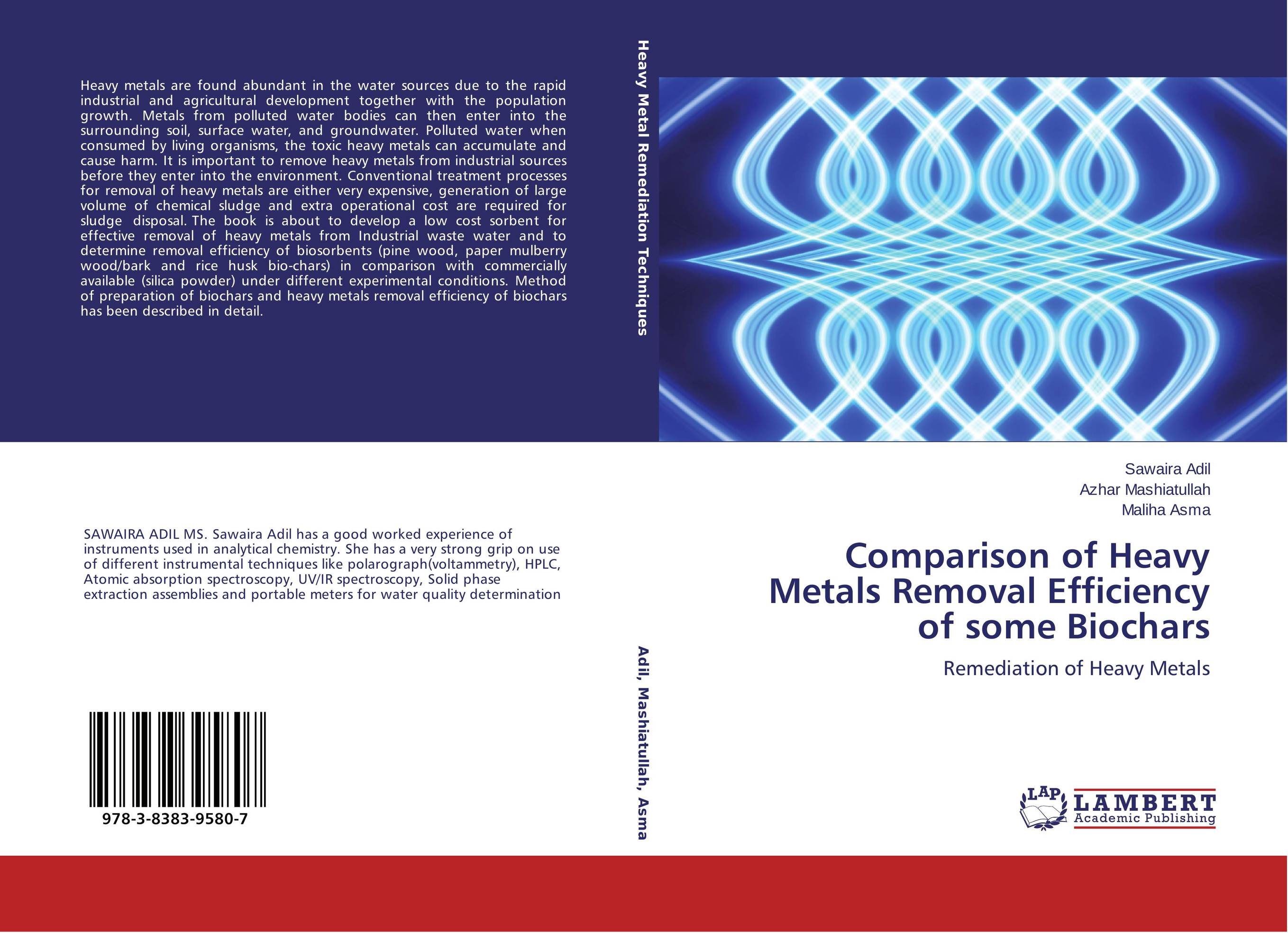| Поиск по каталогу |
|
(строгое соответствие)
|
- Профессиональная
- Научно-популярная
- Художественная
- Публицистика
- Детская
- Искусство
- Хобби, семья, дом
- Спорт
- Путеводители
- Блокноты, тетради, открытки
Comparison of Heavy Metals Removal Efficiency of some Biochars. Remediation of Heavy Metals

В наличии
| Местонахождение: Алматы | Состояние экземпляра: новый |

Бумажная
версия
версия
Автор: Sawaira Adil,Azhar Mashiatullah and Maliha Asma
ISBN: 9783838395807
Год издания: 2015
Формат книги: 60×90/16 (145×215 мм)
Количество страниц: 124
Издательство: LAP LAMBERT Academic Publishing
Цена: 35181 тг
Положить в корзину
Позиции в рубрикаторе
Отрасли знаний:Код товара: 115729
| Способы доставки в город Алматы * комплектация (срок до отгрузки) не более 2 рабочих дней |
| Самовывоз из города Алматы (пункты самовывоза партнёра CDEK) |
| Курьерская доставка CDEK из города Москва |
| Доставка Почтой России из города Москва |
Аннотация: Heavy metals are found abundant in the water sources due to the rapid industrial and agricultural development together with the population growth. Metals from polluted water bodies can then enter into the surrounding soil, surface water, and groundwater. Polluted water when consumed by living organisms, the toxic heavy metals can accumulate and cause harm. It is important to remove heavy metals from industrial sources before they enter into the environment. Conventional treatment processes for removal of heavy metals are either very expensive, generation of large volume of chemical sludge and extra operational cost are required for sludge disposal. The book is about to develop a low cost sorbent for effective removal of heavy metals from Industrial waste water and to determine removal efficiency of biosorbents (pine wood, paper mulberry wood/bark and rice husk bio-chars) in comparison with commercially available (silica powder) under different experimental conditions. Method of preparation of biochars and heavy metals removal efficiency of biochars has been described in detail.
Ключевые слова: Heavy metals, Scanning Electron Microscopy (SEM), Silica powder, waste water, Biochars



